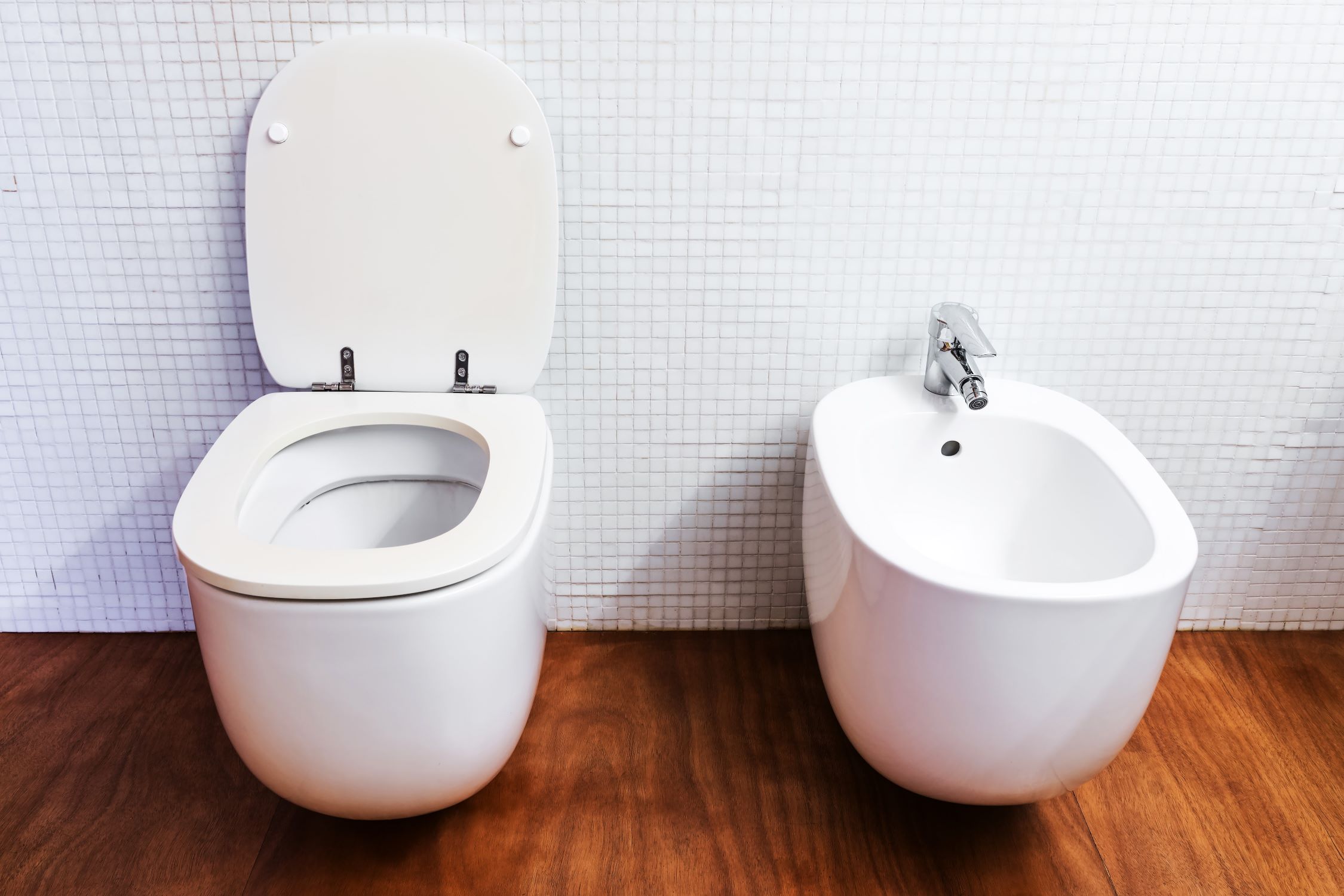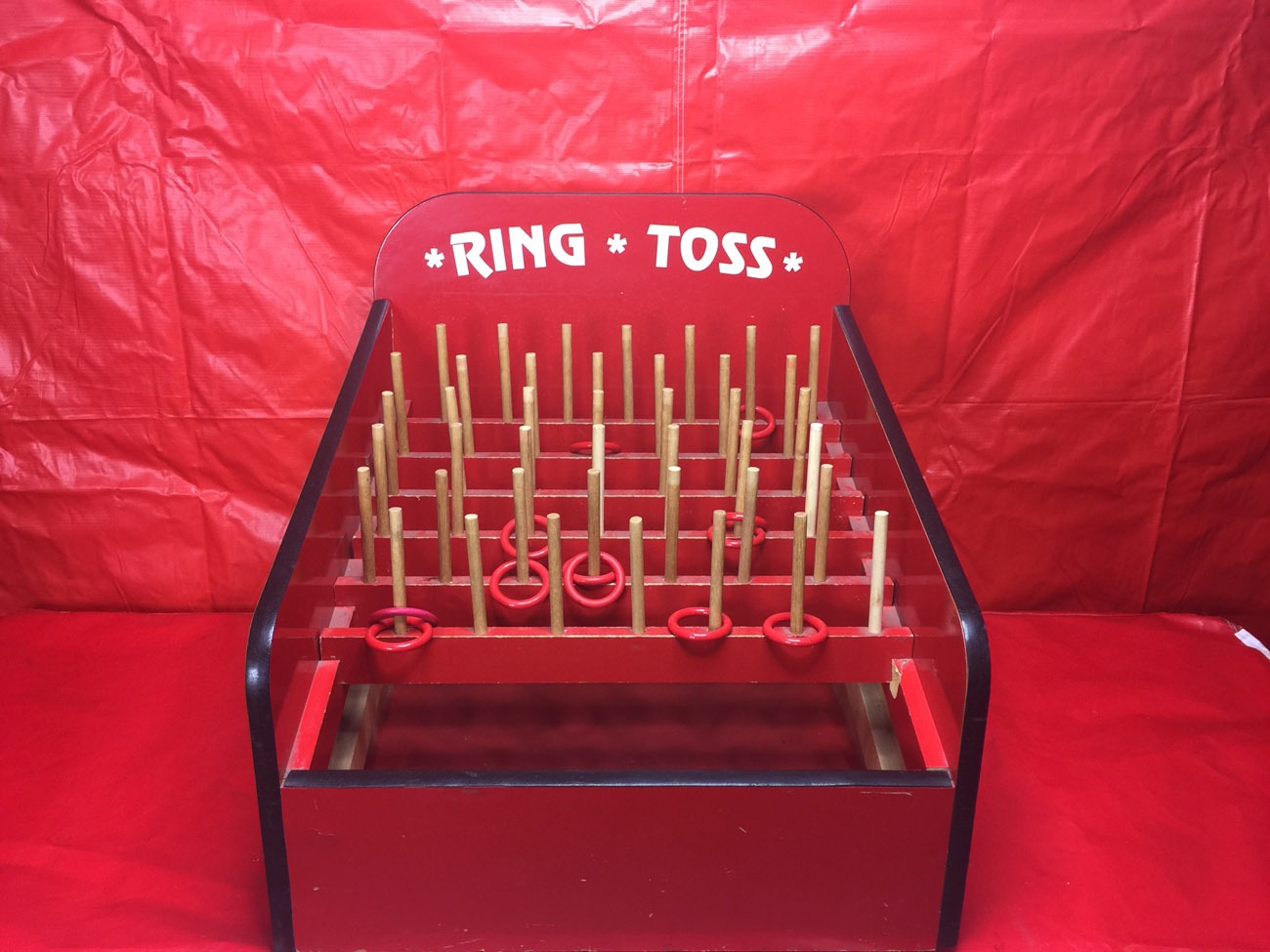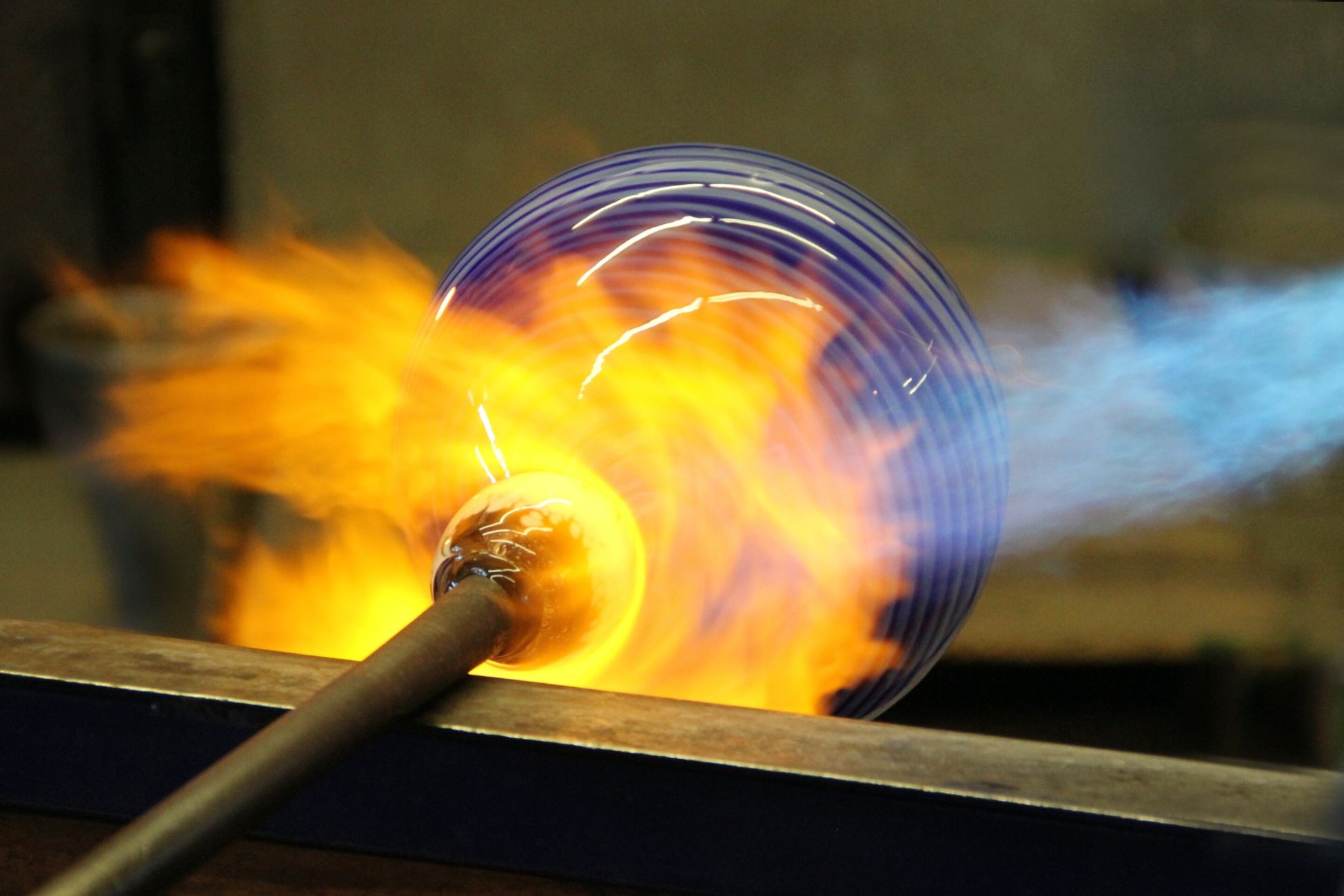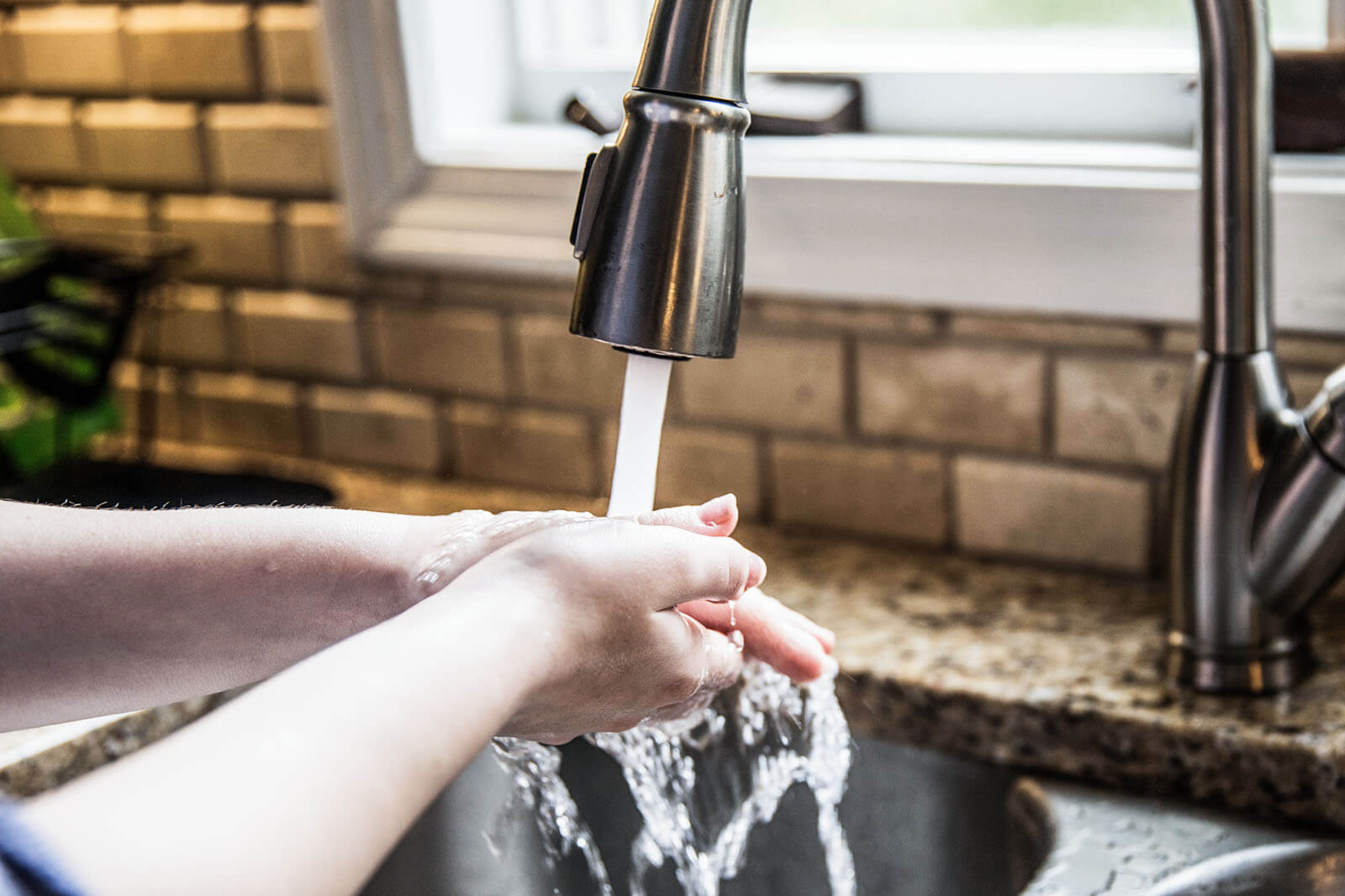Home>Furniture & Design>Bathroom Accessories>Where Did The Bidet Come From


Bathroom Accessories
Where Did The Bidet Come From
Modified: March 25, 2024
Discover the origins of the bidet and its impact on bathroom accessories. Learn about the history and evolution of this essential fixture.
(Many of the links in this article redirect to a specific reviewed product. Your purchase of these products through affiliate links helps to generate commission for Storables.com, at no extra cost. Learn more)
Introduction
The bidet, a bathroom fixture that has been gaining popularity in recent years, is much more than just a modern trend. This unique bathroom accessory has a rich history and a wide array of benefits that have contributed to its enduring appeal. From its origins in 17th-century France to its modern-day innovations, the bidet has evolved into a symbol of hygiene, comfort, and sustainability.
The bidet's journey from its early beginnings to its current status as a sought-after bathroom accessory is a fascinating tale that spans centuries and continents. Understanding the history and cultural significance of the bidet sheds light on its enduring relevance and the reasons behind its resurgence in popularity.
In this article, we will delve into the captivating history of the bidet, explore its usage around the world, examine modern bidet innovations, and highlight the numerous benefits of incorporating a bidet into your bathroom routine. By the end of this journey, you will gain a newfound appreciation for the bidet and a deeper understanding of why it has become a beloved fixture in bathrooms across the globe.
Key Takeaways:
- The bidet, with its origins in 17th-century France, has evolved into a symbol of hygiene, comfort, and sustainability, gaining popularity across diverse cultures and regions.
- Modern bidet innovations offer customizable features, promote sustainability, and provide numerous benefits, including enhanced hygiene, comfort, and long-term cost savings.
Read more: Where Does The Bidet Water Come From
History of the Bidet
The history of the bidet is a captivating tale that dates back to 17th-century France. The word "bidet" itself is derived from the French term for "pony," which is quite fitting considering the early design of the fixture. The bidet was initially created as a low, basin-like receptacle that was conveniently positioned next to the chamber pot, allowing individuals to easily cleanse themselves after using the facilities. This innovative approach to personal hygiene quickly gained popularity among the French nobility and soon became a symbol of refinement and luxury.
As the bidet's reputation spread throughout Europe, its design and functionality evolved. By the 19th century, the traditional bidet had transformed into a porcelain fixture resembling a small, low-slung bathtub. This new design offered a more comfortable and versatile approach to personal hygiene, further solidifying the bidet's status as a staple in European bathrooms.
While the bidet's popularity continued to flourish in Europe, its presence was not as prominent in other parts of the world. However, in the 20th century, as global travel and cultural exchange increased, the bidet began to capture the interest of individuals in various countries, leading to its gradual integration into bathrooms worldwide.
In recent decades, the bidet has undergone significant technological advancements, with the introduction of electronic bidet seats and bidet attachments that offer a wide range of customizable features. These modern innovations have made bidets more accessible and appealing to a broader audience, further cementing their status as a valuable addition to any bathroom.
The rich history of the bidet serves as a testament to its enduring relevance and the timeless importance of personal hygiene. From its humble beginnings in 17th-century France to its widespread adoption in the modern era, the bidet has transcended cultural boundaries and continues to be embraced for its practicality, comfort, and commitment to promoting cleanliness and well-being.
Bidet Usage Around the World
The usage of bidets varies significantly across different regions of the world, reflecting diverse cultural norms, hygiene practices, and bathroom traditions. While bidets have long been an integral part of bathroom routines in certain countries, their presence and popularity in other regions have evolved over time.
Europe:
In Europe, particularly in countries such as France, Italy, Spain, and Portugal, bidets have been a longstanding fixture in bathrooms. They are deeply ingrained in the cultural and hygienic practices of these nations, where they are valued for their role in promoting thorough cleanliness and comfort. The European approach to bidet usage emphasizes its contribution to personal hygiene and overall well-being, with many individuals incorporating bidets into their daily bathroom routines.
Asia:
In many Asian countries, including Japan, South Korea, and parts of the Middle East, bidets have gained widespread acceptance and are commonly found in both residential and public restrooms. The advanced electronic bidet seats, often equipped with features such as heated seats, adjustable water temperature, and air drying functions, have become synonymous with modern bathroom technology in these regions. The emphasis on advanced hygiene and comfort has contributed to the integration of bidets into the daily lives of many individuals in Asia.
Read more: Where Did The Game Cornhole Come From?
Americas:
While bidet usage in the Americas historically lagged behind that of Europe and Asia, there has been a noticeable shift in recent years. The growing awareness of the benefits of bidets, coupled with an increased focus on sustainability and personal hygiene, has led to a surge in bidet adoption across North and South America. As more people recognize the environmental and health advantages of using bidets, they are becoming a more common sight in homes and public facilities throughout the Americas.
Africa:
In parts of North Africa and the Middle East, bidets have been a traditional fixture in bathrooms for centuries, reflecting the region's emphasis on thorough cleanliness and hygiene. The prevalence of bidets in these areas underscores their cultural significance and the importance placed on maintaining optimal personal hygiene.
Oceania:
In Australia and New Zealand, bidet usage has been steadily gaining traction, with an increasing number of individuals recognizing the benefits of incorporating bidets into their bathroom routines. The growing availability of modern bidet attachments and electronic bidet seats has contributed to the rising popularity of bidets in Oceania.
The diverse patterns of bidet usage around the world highlight the multifaceted role of bidets in promoting hygiene, comfort, and sustainability across different cultures and regions. As bidets continue to garner global attention, their universal appeal as a valuable bathroom accessory becomes increasingly evident.
Modern Bidet Innovations
In recent years, the world of bidets has witnessed a remarkable evolution, marked by a wave of innovative advancements that have transformed the traditional concept of personal hygiene. Modern bidet innovations have redefined the bathroom experience, offering a diverse array of features and functionalities that cater to individual preferences and elevate the standard of cleanliness and comfort.
Read more: Where Did Chia Seeds Come From
Electronic Bidet Seats
One of the most significant innovations in the bidet industry is the introduction of electronic bidet seats. These technologically advanced seats are designed to replace standard toilet seats and offer a multitude of customizable features. From adjustable water temperature and pressure to heated seats and built-in air dryers, electronic bidet seats provide a luxurious and personalized cleansing experience. Some models even incorporate additional amenities such as deodorizers, night lights, and remote controls, further enhancing user convenience and comfort.
Bidet Attachments
Bidet attachments have emerged as a popular and cost-effective alternative for individuals seeking to upgrade their existing toilets with bidet functionality. These attachments can be easily installed on most standard toilets, providing a practical and space-saving solution for incorporating bidet features into the bathroom. With options ranging from basic manual controls to advanced electronic settings, bidet attachments offer a versatile and accessible means of experiencing the benefits of bidet cleansing.
Eco-Friendly Designs
In response to growing environmental awareness, modern bidet innovations have prioritized sustainability and water conservation. Many contemporary bidet models are equipped with eco-friendly features such as water-saving modes, energy-efficient heating systems, and biodegradable cleansing solutions. By promoting responsible water usage and reducing the reliance on disposable paper products, eco-friendly bidet designs align with the global movement towards eco-conscious living and resource conservation.
Smart Technology Integration
The integration of smart technology has revolutionized the bidet industry, giving rise to connected bidet systems that offer seamless integration with smart home ecosystems. These intelligent bidet solutions can be controlled via smartphone apps, voice commands, or touchless sensors, providing users with unprecedented convenience and connectivity. By leveraging smart technology, modern bidets have transcended traditional boundaries, offering a harmonious blend of cutting-edge innovation and user-centric design.
Read more: Where Did The Word Plumbing Come From
Health and Wellness Features
In addition to promoting hygiene, modern bidet innovations have expanded to encompass health and wellness-oriented features. Some advanced bidet models incorporate massage functions, warm air purification, and UV sterilization, aiming to provide users with a holistic and rejuvenating experience. These wellness-focused enhancements underscore the bidet's potential to contribute to overall well-being and comfort, aligning with the growing emphasis on self-care and personal wellness.
The ongoing evolution of modern bidet innovations reflects a commitment to enhancing the bathroom experience through technological ingenuity, sustainability, and user-centric design. As bidets continue to redefine the standards of personal hygiene and comfort, the future holds boundless possibilities for further advancements that will shape the way individuals approach cleanliness and well-being in the modern age.
Benefits of Using a Bidet
Using a bidet offers a multitude of benefits that extend beyond traditional bathroom hygiene, encompassing aspects of comfort, sustainability, and overall well-being. The following are some of the key advantages of incorporating a bidet into your bathroom routine:
-
Enhanced Hygiene: Bidets provide a thorough and gentle cleansing experience, promoting superior personal hygiene by effectively removing residue and bacteria. The targeted water spray ensures a comprehensive clean, reducing the reliance on abrasive toilet paper and minimizing the risk of skin irritation or discomfort.
-
Comfort and Refreshment: The gentle, soothing sensation of water cleansing offers a refreshing and invigorating experience, promoting a heightened sense of cleanliness and comfort. The adjustable water temperature and pressure settings cater to individual preferences, creating a personalized and rejuvenating cleansing routine.
-
Environmental Sustainability: By significantly reducing the consumption of toilet paper, bidets contribute to environmental sustainability and resource conservation. The transition to bidet usage minimizes the environmental impact associated with the production and disposal of disposable paper products, aligning with eco-conscious practices and promoting responsible water usage.
-
Health Benefits: Bidets can be particularly beneficial for individuals with certain health conditions, such as hemorrhoids, urinary tract infections, or mobility limitations. The gentle cleansing action of a bidet can alleviate discomfort and promote hygiene without the potential irritation caused by traditional wiping methods.
-
Reduced Plumbing Issues: The decreased reliance on toilet paper can help prevent plumbing issues such as clogs and pipe blockages, reducing the need for costly maintenance and repairs. By minimizing the introduction of non-biodegradable materials into the plumbing system, bidets contribute to the long-term functionality and sustainability of household plumbing infrastructure.
-
Customizable Features: Modern bidet models offer a range of customizable features, including heated seats, warm air drying, and adjustable cleansing modes, enhancing user comfort and convenience. The ability to tailor the bidet experience to individual preferences elevates the overall bathroom routine, promoting a sense of luxury and well-being.
-
Promotion of Independence: For individuals with mobility challenges or disabilities, bidets can enhance independence and autonomy in personal hygiene practices. The accessibility and user-friendly design of bidet attachments and electronic bidet seats empower individuals to maintain optimal hygiene with ease and dignity.
-
Long-Term Cost Savings: While the initial investment in a bidet may require consideration, the long-term cost savings associated with reduced toilet paper consumption and potential plumbing maintenance expenses can make bidets a financially prudent choice. The durability and functionality of modern bidet solutions contribute to their value as a sustainable and cost-effective bathroom accessory.
Incorporating a bidet into your bathroom routine offers a myriad of benefits that extend beyond conventional hygiene, encompassing comfort, sustainability, and overall well-being. As bidets continue to gain recognition for their multifaceted advantages, they represent a valuable addition to modern bathrooms, promoting a holistic approach to personal hygiene and environmental responsibility.
Conclusion
The journey through the history, usage, innovations, and benefits of bidets has illuminated the enduring significance of this unique bathroom fixture. From its origins in 17th-century France to its widespread adoption across diverse cultures and regions, the bidet has transcended traditional boundaries to become a symbol of hygiene, comfort, and sustainability.
The rich history of the bidet reflects its evolution from a simple basin-like receptacle to a technologically advanced bathroom accessory, emphasizing its timeless commitment to promoting thorough cleanliness and well-being. The cultural significance of bidets in Europe, Asia, the Americas, Africa, and Oceania underscores their universal appeal and their ability to adapt to diverse hygiene practices and preferences.
The modern era has witnessed a remarkable wave of bidet innovations, ranging from electronic bidet seats and bidet attachments to eco-friendly designs and smart technology integration. These advancements have redefined the bathroom experience, offering customizable features that cater to individual needs while promoting sustainability and user-centric design.
The benefits of using a bidet extend far beyond traditional hygiene, encompassing comfort, environmental sustainability, health advantages, and long-term cost savings. By offering a thorough and gentle cleansing experience, bidets enhance personal hygiene, promote environmental responsibility, and contribute to overall well-being, making them a valuable addition to modern bathrooms.
As bidets continue to gain recognition for their multifaceted advantages, their universal appeal as a valuable bathroom accessory becomes increasingly evident. The enduring relevance of bidets in promoting hygiene, comfort, and sustainability reflects their ability to adapt to evolving societal needs and preferences, positioning them as an integral component of modern bathroom routines.
In conclusion, the bidet's captivating history, global usage, innovative advancements, and numerous benefits underscore its enduring relevance and its potential to enhance the bathroom experience for individuals worldwide. Whether as a symbol of refinement and luxury or as a practical solution for promoting hygiene and well-being, the bidet stands as a testament to the timeless pursuit of cleanliness and comfort in the modern age.
Frequently Asked Questions about Where Did The Bidet Come From
Was this page helpful?
At Storables.com, we guarantee accurate and reliable information. Our content, validated by Expert Board Contributors, is crafted following stringent Editorial Policies. We're committed to providing you with well-researched, expert-backed insights for all your informational needs.













0 thoughts on “Where Did The Bidet Come From”